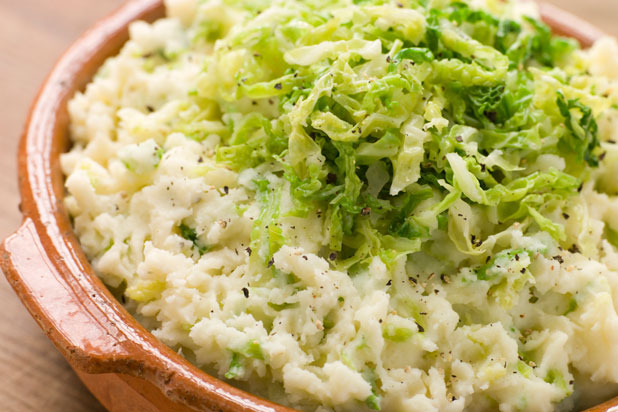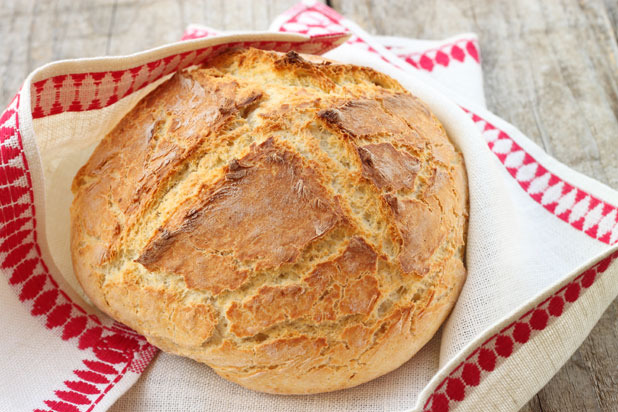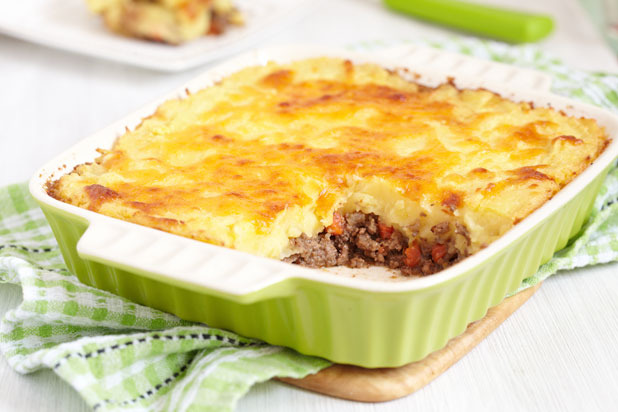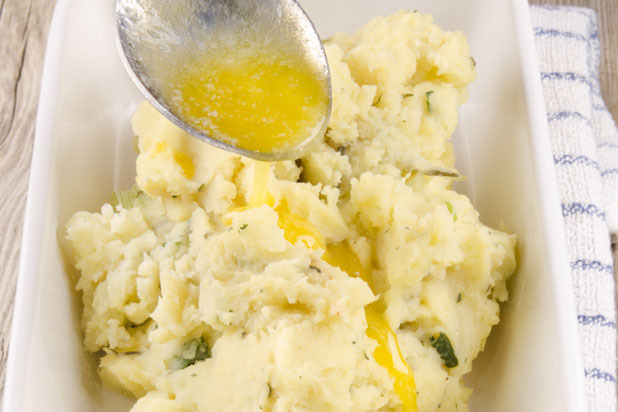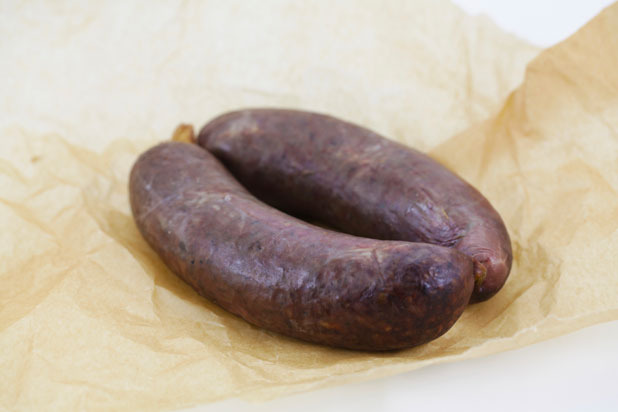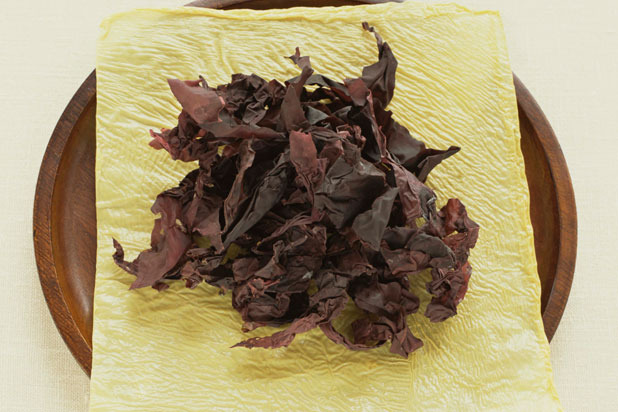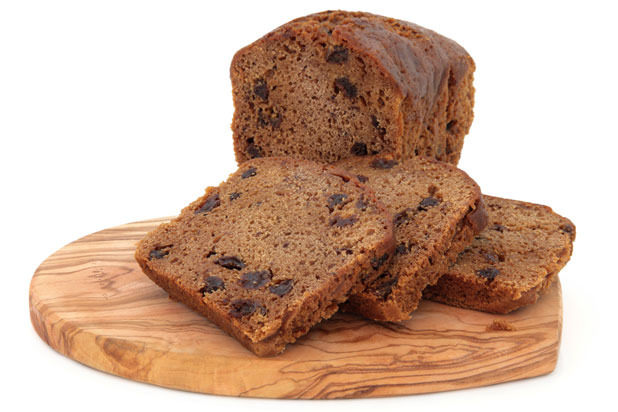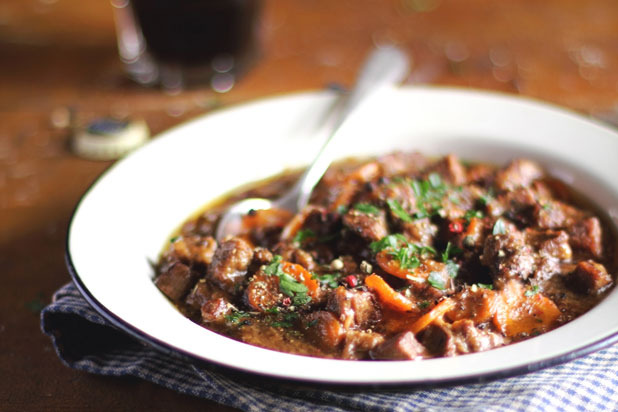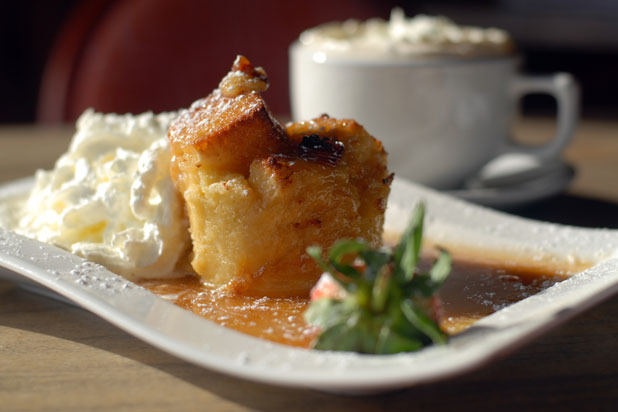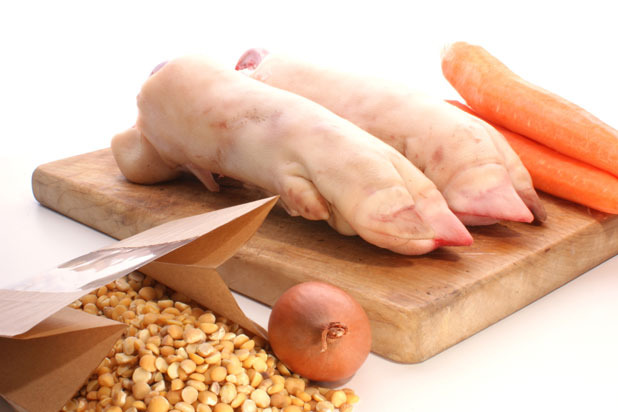10 Traditional Irish Dishes You Should Know Slideshow
Not only was this traditional dish a treat for the people of Ireland, but it was said to satiate the fairies and goblins that roamed the evergreen hills. Traditionally, trinkets (like a sixpence for wealth or a ring for marriage) were hidden inside dishes of colcannon that, when found by a diner, would indicate what the year held in store for them. The traditional recipe is a flavorful blend of potato, cabbage, and kale, but ours takes on a healthier theme, using cauliflower instead of potatoes.
Soda Bread
In the early 1800s, the Irish typically made due without a lot of the luxuries the rest of Europe enjoyed. One of them was yeast. Being the resourceful type, though, Irish bread makers relied on baking soda as a leavening agent and combined it with flour, buttermilk, and salt to create soda bread in cast-iron pots. With additions like butter, sugar, Craisins, and seeds, our version is what some traditional Irish folk might call railway cake, but we call it our soda bread with a sweet ending.
Shepherd's Pie
This bulky casserole is a favorite in Ireland, where it was whipped up during the coldest of winters. As its name suggests, it was originally made with lamb or mutton, but these days you may be more familiar with it being made with beef.
Champ
Colcannon's cousin, champ, was a popular dish among the lower class of Ireland because of the "cheap" nutrition it supplied. Similar to colcannon, it was also a popular dish served on Halloween.
Black Pudding
With meats like venison and rabbit hard to come by, the lower class of Ireland would make the most out of the meat they had, even down to the last drop of blood. When pig and cattle were introduced to their diet, the Irish figured out that the blood and fat of these animals could be used for pudding that would keep throughout the harsh winter. Black pudding remains the centerpiece of a traditional Irish breakfast, which typically features various vegetables, soda bread, breakfast meats, and potatoes as well.
Dulse and Yellowman
In Northern Ireland, folks anticipate their beloved Lammas Fair, a summer celebration where the food is just as important as the party. Traditional dishes like dulse and yellowman, a red seaweed chip paired with a sweet, honeycomb toffee, are crowd favorites at this annual summer bash. Just because you can't attend the fair doesn't mean you can't enjoy the fare. Try this simple candy paired with a crunchy bite, kale chips, in place of the traditional dulse.
Click here to see our Honey Yellowman Granola Bites with 'Dulse' recipe
Barmbrack
In the dark days of the famine, the Irish turned to food lore in hopes of ending hunger. One tradition was on New Year's Eve, when the woman of the house would bake a barmbrack, a fruity, sweet bread. The man of the house would take three bites out of the cake and dash it against the front door in the name of the Holy Trinity to banish hunger from the homeland. The fragments of the cake were gathered and eaten by the family. While the traditional recipe contains dried fruit, you can easily make this classic your own with a few additional additions.
Guinness Stew
Rumor has it that when Arthur Guinness first signed the lease to an unused brewery in the St. James section of Dublin, he was so confident in his brew that he made a deal to own the space for 9,000 years. Centuries later, it is safe to say that it was a smart investment. Everyone can respect a decent pour of the black gold, but what your loved ones will really go wild for is how you infuse it with traditional peasant fare in this easy, hearty stew.
Tipsy Pudding
You have to appreciate the Irish people's ability to combine some of the world's most beloved things and Irish tipsy pudding is a shining example. In the 1600's pudding derived from a peasant's need to waste-not-want-not. Bread puddings were a sweet, tasty way to re-purpose stale bread and avoid "luxurious" ingredients like sugar and flour. Irish tipsy pudding, is sweet cake (made with flour and sugar) soaked in alcohol– a proven testament to the modern progression of the traditional Irish cookbook.
Crubeens
After a night of gratuitous drinking, all a happy drunk craves is something hearty and salty to satiate the munches. What do the Irish reach for when that need arises? Crubeens — or commonly known as "boiled pigs feet." Blanch if you must, but these succulent tootsies are commonly offered in markets across the land. Typically eaten by hand, these salty treats had Irish pub crawlers pining for another pint. For the faint of heart, crubeens can be pulled off the bone and used to enhance many other traditional Irish dishes like cabbage and colcannon,
